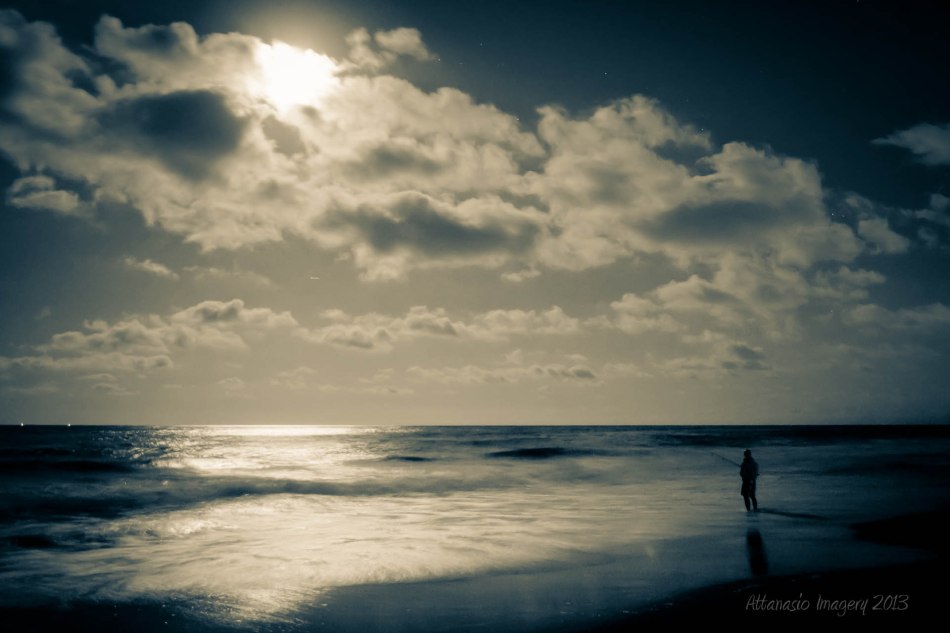 I was pretty excited when the skies cleared during our second night of our camping trip because I knew two things: 1. we had a new moon phase and 2. the ambient light would be minimal in our remote location. These are perfect conditions for capturing the Milky Way.
I was pretty excited when the skies cleared during our second night of our camping trip because I knew two things: 1. we had a new moon phase and 2. the ambient light would be minimal in our remote location. These are perfect conditions for capturing the Milky Way.
Well, it didn’t start out all that great….let me explain. I grab my gear and head out for a short walk around the other side of the lake from our campground. I get to a clearing in the forest an set up my gear. Now mind you, it’s pitch black. I need my handy led flashlight to see the controls of my camera. Pointing the led at the camera, I set up the proper aperture etc., point the camera at the milky way in the the sky and start snapping away. 30 sec exposure, 40 sec. exposure, 50 second exp., not one damn star shows up in my screen on the back of the camera. What the hell is going wrong? I try a 90 second exposure and still nothing. Okay, great, the opportunity of a lifetime(at this point) and my cameras broke. take the battery pack out, play with the controls a bit….. nothing! 20 minutes goes by and I’ve got not one picture. I take a deep breath and start thinking(yes, again) What’s the only thing I haven’t checked?????……..
No, it can’t be that….yes it is…. I hadn’t taken the damn lens cap off the camera. Can you believe it? What an idiot:)
Anyway, that did help:) and after playing with my settings a bit more I did manage to get one or two shots that are usable. Yes, only one or two because the noise produced on my old Canon XTI @ iso 800 is pretty bad.
 Have a great weekend and remember….. take the lens cap off:)
Have a great weekend and remember….. take the lens cap off:)
 Sea Girt Lighthouse shot after spending an hour making a star time-lapse. I think I’m going to like this better than the time-lapse.
Sea Girt Lighthouse shot after spending an hour making a star time-lapse. I think I’m going to like this better than the time-lapse.






You must be logged in to post a comment.